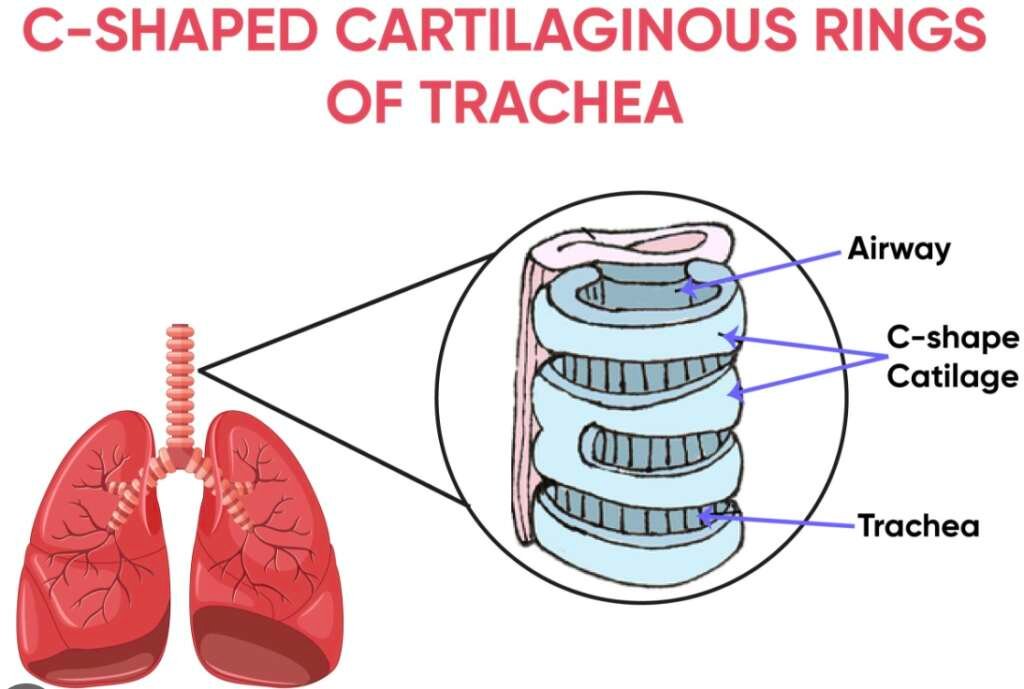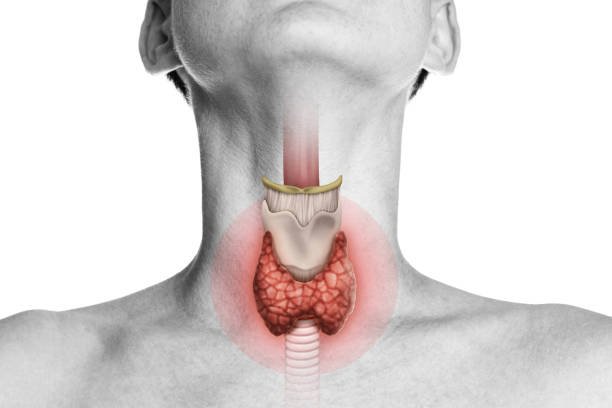What is the Importance of the C-Shaped Cartilage Rings
Title: The Vital Role of C-Shaped Cartilage Rings in Respiratory Function
Within the intricate system of the human body, there are numerous structural components whose functions are essential, yet often overlooked. One of these structures is the C-shaped cartilage rings found in the trachea. These seemingly simple structures play a vital role in maintaining our respiratory function and overall health.
Understanding the C-Shaped Cartilage Rings

The trachea, commonly known as the windpipe, is the central conduit for the passage of air from the larynx (voice box) to the bronchi, which then deliver air to the lungs. The trachea is made of about 15 to 20 C-shaped rings of hyaline cartilage, which are stacked vertically along its length. These cartilaginous rings are incomplete circles, with the open part facing backward toward the esophagus.
What is the Importance of the C-Shaped Cartilage Rings
These C-shaped cartilage rings serve two essential functions: maintaining the trachea’s open structure and allowing flexibility and mobility.
- Maintaining Tracheal Patency: The primary function of the C-shaped rings is to keep the trachea open at all times. By providing a semi-rigid structure, they prevent the trachea from collapsing, ensuring a consistent pathway for air to flow into and out of the lungs. Without these rings, the trachea might collapse, especially during exhalation when intrathoracic pressure increases, impeding normal breathing.
- Allowing Flexibility and Mobility: The open part of the C-shape facing the esophagus allows the trachea to expand and contract as needed, especially during swallowing. When we swallow food or liquid, the esophagus expands. The open design of the cartilage rings allows the trachea to compress slightly to accommodate this expansion, aiding in the smooth passage of food or liquid down the esophagus. After swallowing, the trachea returns to its regular size.
Complications and Disorders
Just as with any body structure, problems can occur with the C-shaped cartilage rings. One such issue is tracheomalacia, a condition in which the cartilage rings are weak or malformed, causing the trachea to collapse, especially during exhalation. This condition can lead to difficulty breathing, coughing, and other respiratory complications. Treatment can range from supportive care to surgery, depending on the severity of the condition.
Another disorder is tracheobronchopathia osteochondroplastica, a rare condition where bony and cartilaginous nodules replace the normal cartilage rings, leading to cough, hemoptysis, and recurrent respiratory infections. The treatment is largely symptomatic as no definitive cure exists for this disease.
The C-shaped cartilage rings in the trachea exemplify the marvel of the human body’s design. Their specific shape and composition allow them to provide a rigid yet flexible support to the trachea, ensuring that our respiratory system functions efficiently. Thus, understanding the role of these structures offers insight into the complexity and beauty of human physiology, reminding us that every part, no matter how small, plays a crucial role in our overall health and well-being.

